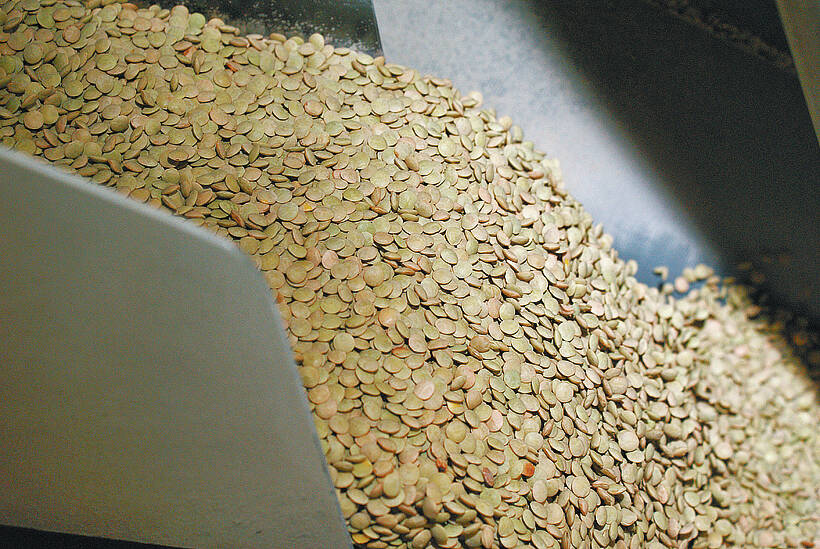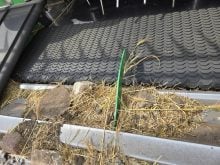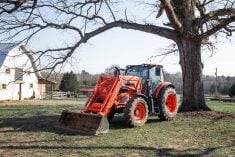The canola market faces several negative factors this winter but producers will likely increase seeded acreage in the spring because the crop still looks better than many alternatives, said a veteran market analyst.
Larry Weber of Weber Commodities in Saskatoon delivered the market outlook to the Saskatchewan Canola Growers Association on Jan. 14.
“My range for canola next year is $8.50 to $9.50 (per bu.),” Weber said.
That is down from prices available in the last couple of years, but it should still prove profitable, he said.
Read Also

Green lentil market oversupplied
Farmers in Western Canada can expect price pressure on their new crop of green lentils, as the available supplies among the world’s major lentil-growing nations increase significantly.
While the supply and demand fundamentals indicate a weaker year for the oilseed, extraneous factors could cause surprises.
The activities of big investment funds, the movement of other commodities like gold and oil, the possibility of a run up in inflation and the fluctuation of exchange rates all have a major bearing on canola prices and must be watched, he said.
“The next run in grain prices is not going to be about supply and demand … it is going to be about inflation, it is going to be about interest rates and about outside commodities,” he said.
The last inflation-driven grain rally was in the 1970s and 1980s and it went hand in hand with interest rates in the double digits. He thinks rates will climb to 10 percent or more within 24 months.
Inflation normally drives grain prices higher so it is not a bad thing for farmers so long as they have their borrowing cost under control, he said.
Turning to supply and demand, Weber is not optimistic that China will start buying canola again this winter. He thinks the Chinese ports still open to Canadian shipments are so far removed from crushers that transportation costs are prohibitive.
The Chinese want to protect domestic growers from cheap imports.
“China grew two million more tonnes of canola this year than they did last year and they are not going to need our seed until the end of June, beginning of July,” he said.
Weber thinks Canada’s canola carryout into 2010-11 will be about two million tonnes, up from 1.66 million the year before and 1.46 million at the end of 2007-08.
While the canola market outlook is fading from December’s highs, it still looks better than wheat and durum and Weber thinks canola seeded area will climb to 16.5 million acres from 16.2 million last year.
“Yes, we can bitch about the inputs and yes, we can bitch about how much we have to outlay before we see a return, but man, there have been some amazing returns on canola the last two years ….
“It is tough to argue with success.”
He advised growers not to lose heart even though prices will be weaker through winter.
Crushers with salmonella contamination should be able to eventually fix the problems, allowing them to resume meal shipments to the United States.
Also, the Richardson and Louis Dreyfuss crushing plants at Yorkton, Sask., will open.
“Once everybody gets operational and this salmonella thing gets under control, your basis levels, it is going to be a gift. You don’t have to be in Yorkton and vicinity to enjoy that because it doesn’t matter where those plants are, they are going to chew through seed.”
Weber thinks competing soybean production from South America could climb even higher than what the U.S. Department of Agriculture forecast on Jan. 12. It forecasted Brazil and Argentina would produce 118 million tonnes of soybeans compared to 89 million last year. USDA also increased U.S. production estimates by 1.1 million tonnes from its December report.
The above average moisture encouraging the bumper crop could also generate rust disease, but so far that is not seen as a major problem.
However, Brazil plans to significantly increase the amount of soybean oil used in diesel fuel and that should limit the amount of soybeans going onto the world market.














